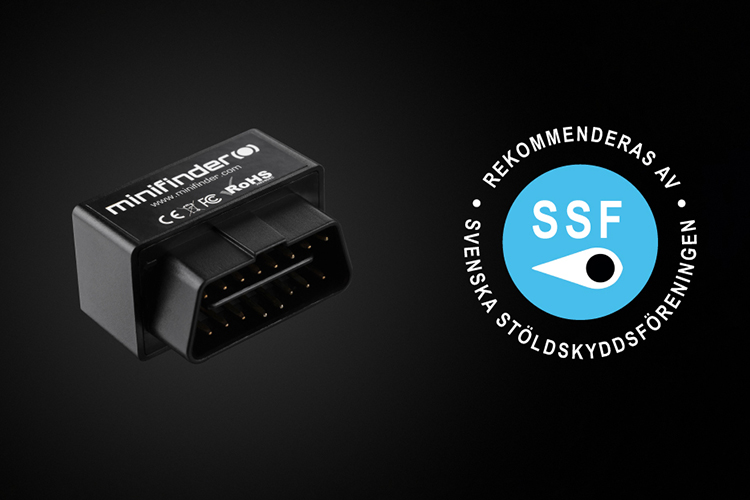
Okt 08, 2024
Bruk av en elektronisk kjørebok kan forenkle håndteringen av kjøregodtgjørelse betydelig.
Kjøregodtgjørelse er en form for kompensasjon som gis til ansatte eller bedriftsledere som bruker sin private bil til jobbreiser. Den dekker kostnader for drivstoff, slitasje og vedlikehold. I 2025 er det flere viktige faktorer å vurdere for å maksimere skattefri godtgjørelse, enten du kjører en bensinbil, elbil eller hybridbil.
Hva er kjøregodtgjørelse?
Kjøregodtgjørelse er ment å dekke kostnadene ved å bruke en privat bil til jobbrelaterte formål. Det gjelder for arbeidsreiser som ikke er en del av den daglige pendlingen mellom hjem og arbeid. Godtgjørelsen kan bestå av både en skattefri og en skattepliktig del, avhengig av beløpet og kjøretøytypen.
Skattefri kjøregodtgjørelse i 2025
Den skattefrie delen av kjøregodtgjørelsen er spesielt viktig å følge med på. I 2025 er den skattefrie satsen satt til 25 SEK per kilometer, uavhengig av om kjøretøyet går på bensin, diesel eller elektrisitet. For hybridbiler gjelder de samme reglene som for bensinbiler når forbrenningsmotoren er i bruk, mens kjøring på elektrisitet godtgjøres som for elbiler.
Det er derfor avgjørende å føre en detaljert kjørebok som spesifiserer når bilen kjører på strøm og når den bruker drivstoff.
Slik maksimerer du din skattefrie kjøregodtgjørelse
- Dokumenter alle turer nøye – En korrekt og oppdatert kjørebok er avgjørende for å sikre at du får riktig godtgjørelse. Kjøreboken bør inneholde informasjon som dato, destinasjon, formål med reisen, antall kjørte kilometer og eventuelt drivstoff- eller strømforbruk.
- Velg riktig kjøretøytype – Hvis du ofte bruker bilen i jobbsammenheng, kan det være verdt å vurdere en elbil eller hybridbil. Selv om elbiler har en lavere skattefri godtgjørelse, er driftskostnadene betydelig lavere, noe som gjør dem økonomisk fordelaktige på lang sikt.
- Tenk på drivstofforbruket – For bensin- og dieselbiler er drivstoffeffektivitet en viktig faktor. Å velge en drivstoffgjerrig bil kan hjelpe deg med å redusere de faktiske kostnadene dine, selv om den skattefrie godtgjørelsen er fastsatt.
- Utnytt bedriftsfordeler – Hvis du driver din egen virksomhet, kan du bruke kjøregodtgjørelse som en skattefri bonus. Det betyr at du ikke trenger å betale skatt på denne godtgjørelsen opp til den skattefrie grensen. Beløp over denne grensen blir imidlertid skattepliktige.
Kjøregodtgjørelse og beskatning
Hvis arbeidsgiveren din betaler en høyere sats enn den skattefrie grensen, for eksempel 30 SEK per kilometer, blir differansen skattlagt som inntekt. Det betyr at hvis du mottar 5 SEK mer per kilometer enn den skattefrie satsen for en bensinbil, vil dette ekstra beløpet bli beskattet som lønn.
Gjør det enklere med en elektronisk kjørebok
Bruk av en elektronisk kjørebok kan gjøre håndteringen av kjøregodtgjørelse mye enklere. Et slikt system registrerer automatisk alle turer og sikrer at både distanser og godtgjørelser beregnes nøyaktig. Informasjonen kan deretter enkelt sendes til riktig mottaker, noe som reduserer risikoen for feil og sikrer at alt dokumenteres i samsvar med gjeldende regelverk.
I tillegg til å spare tid, sikrer en elektronisk kjørebok at alle reiser rapporteres korrekt. Enten du bruker en privat bil eller en firmabil i jobbsammenheng, hjelper dette verktøyet deg med å holde orden og sikre at du får riktig godtgjørelse.



